Why Modern Engines Hide Under Plastic — and What That Cover Really Does
Plastic engine covers: practical protection or just extra clutter? What every driver should know.
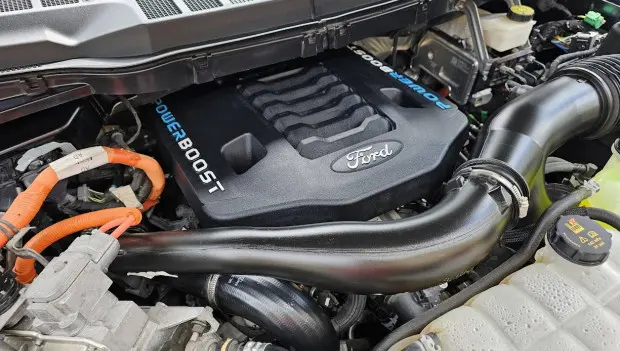
A lot of drivers dismiss the plastic cover sitting on top of the engine as pointless, but that’s not quite the case. It’s there to shield the motor from dirt, moisture, and the occasional impact. Here’s why carmakers install these covers—and why removing them isn’t such a great idea.
Owners often argue about whether the cover is necessary. Some see it as nothing more than decoration, while others believe it’s an important part of the setup. In reality, it serves several roles that affect both safety and everyday use.
Many people complain that the cover gets in the way when they need to reach the spark plugs or quickly check the condition of the engine. Because of that, some remove it the first time they do any work under the hood and never put it back. But there’s a reason manufacturers include it. In an era when every component is carefully optimized to keep costs and efficiency in check, no automaker is going to add a part that compromises performance.
One of the cover’s biggest jobs is keeping out dirt and water that easily make their way in through the grille. Modern engines are packed with electronics, and even a bit of moisture can cause sensor failures or short circuits. This is especially important for the ignition system—the cover helps keep water away from the coils and high-voltage wiring, reducing the risk of a breakdown.
The cover also limits access to potentially dangerous components. Today’s cars aren’t designed with do-it-yourself repairs in mind. By making the engine slightly harder to reach, the cover helps prevent accidental injuries and unintentional tinkering. High-voltage wires can deliver a painful shock, and the hot parts of the exhaust system can cause serious burns. The cover also shields belts and pulleys from loose objects that could get caught.
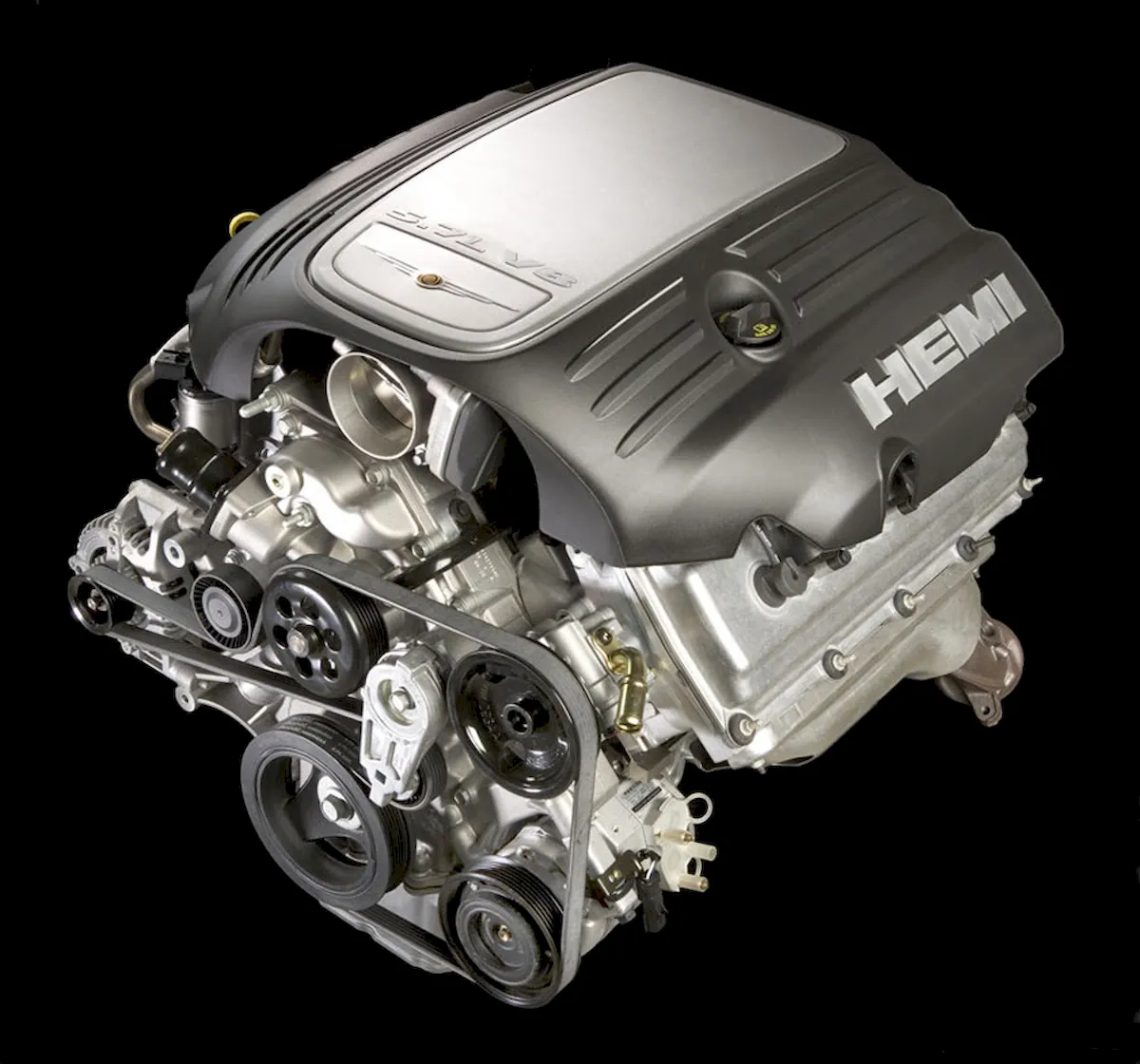
In the U.S. and across Europe, regulations already require automakers to guard hazardous engine components from accidental contact. After several court cases involving injuries under the hood, the rules were tightened. As a result, plastic engine covers have essentially become a safety requirement—and removing one can even jeopardize the vehicle’s warranty.
Taking the cover off on your own is often treated as tampering, which can lead to a denied warranty claim. For most newer cars, owners are expected to handle only basic tasks like checking the oil, topping it up, or filling the washer reservoir. Everything else is best left to trained technicians.
In short, the plastic cover isn’t just for looks. It protects the engine, the electronics, and the driver. Ignoring it—or removing it entirely—can create problems that are easy to avoid by simply following the manufacturer’s guidelines.
Surely You Haven’t Heard This One — A Brief History of the Engine Cover
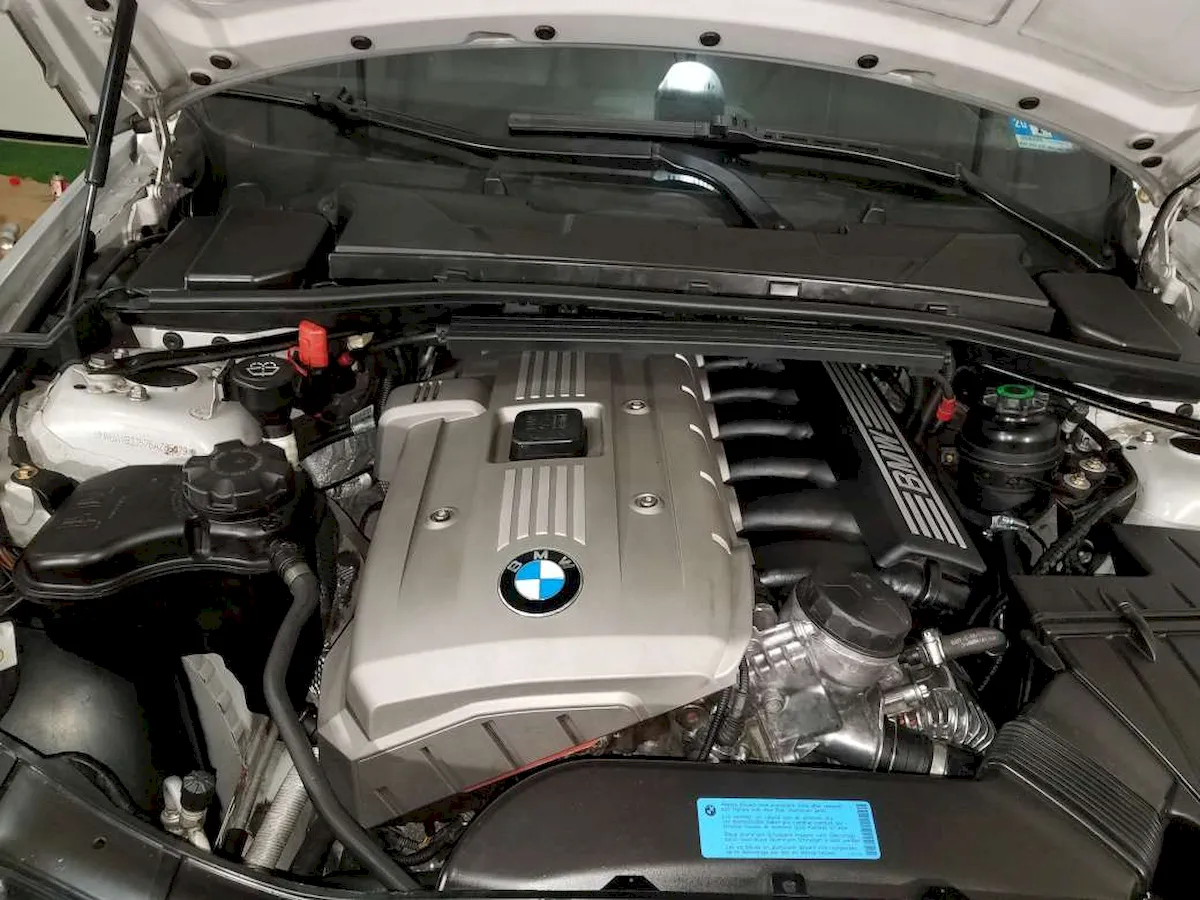
The first engine shrouds appeared back in the 1930s–1950s. They were made of metal rather than plastic and were installed to reduce vibration, direct cooling air, and keep dust away from the engine. Volkswagen used them on its early air-cooled motors, and companies like Porsche, Buick, and several others relied on similar solutions. These early parts weren’t the same as the plastic engine covers we see today, but they can be considered the first step toward that idea.
Plastic covers in the modern sense started showing up much later, becoming common only in the late 1980s and early 1990s. They arrived partly because automakers needed better noise control, and partly because they wanted to hide wiring and components that made the engine bay look cluttered. Safety rules also played a big role, since many hot or moving parts had to be shielded. Around that same time, brands were beginning to pay more attention to how the area under the hood looked.
There’s no clear answer on which company was the absolute first to use plastic covers on a large scale, but the trend was led by European luxury brands. Mercedes-Benz adopted them early in the 1990s on engines like the M104 and M119. BMW followed around the same period with the M50 and M60, which came with large plastic pieces covering the top of the motor. Audi and Volkswagen also moved in this direction in the early 1990s, especially with the introduction of the VR6.
Japanese manufacturers joined the trend a bit later, adopting plastic engine covers more widely by the mid-1990s. American carmakers began using them toward the end of the decade, once noise and safety standards became stricter.
In the end, metal shrouds were the earliest version of this concept in the 1930s–50s, while plastic covers emerged in the late 1980s and early 1990s. Mercedes-Benz, BMW, and Audi were the first to use them broadly, and today they’ve become a standard part of nearly every modern engine.
You may also be interested in the news:
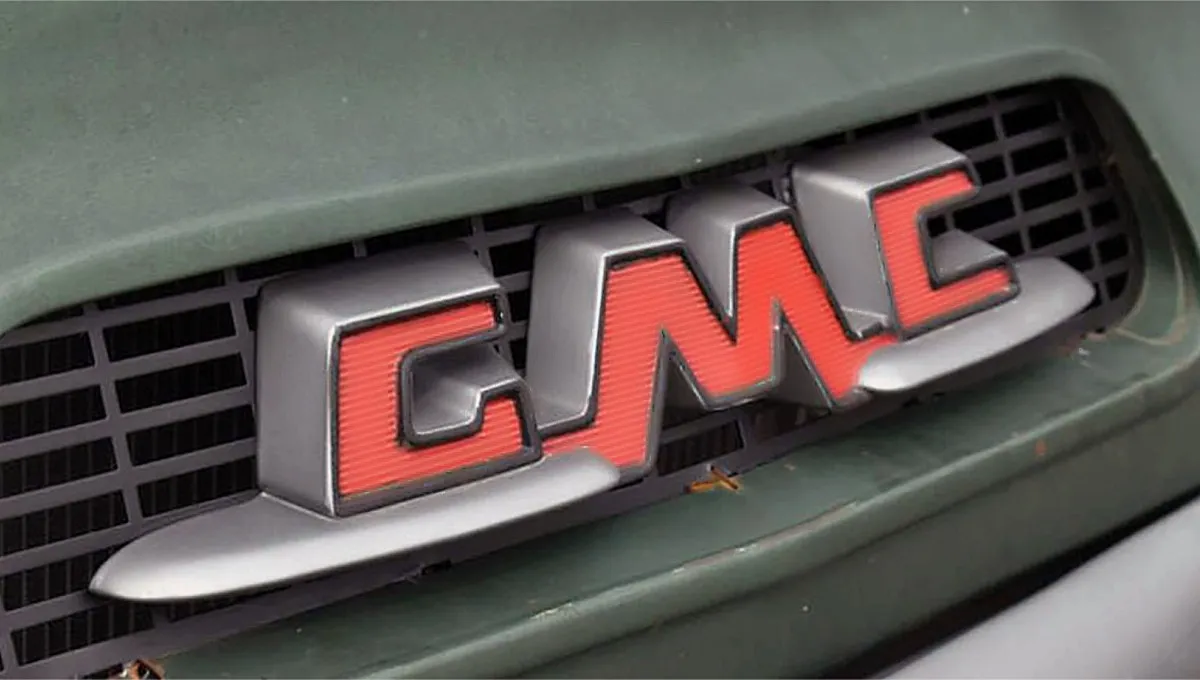
GM Built a One-of-a-Kind V12 in the ’60s That Weighed More Than a Classic Mini Cooper: Facts About a Retro Engine
A giant truck engine: why the V12 Twin Six became a legend — and the surprising facts behind it
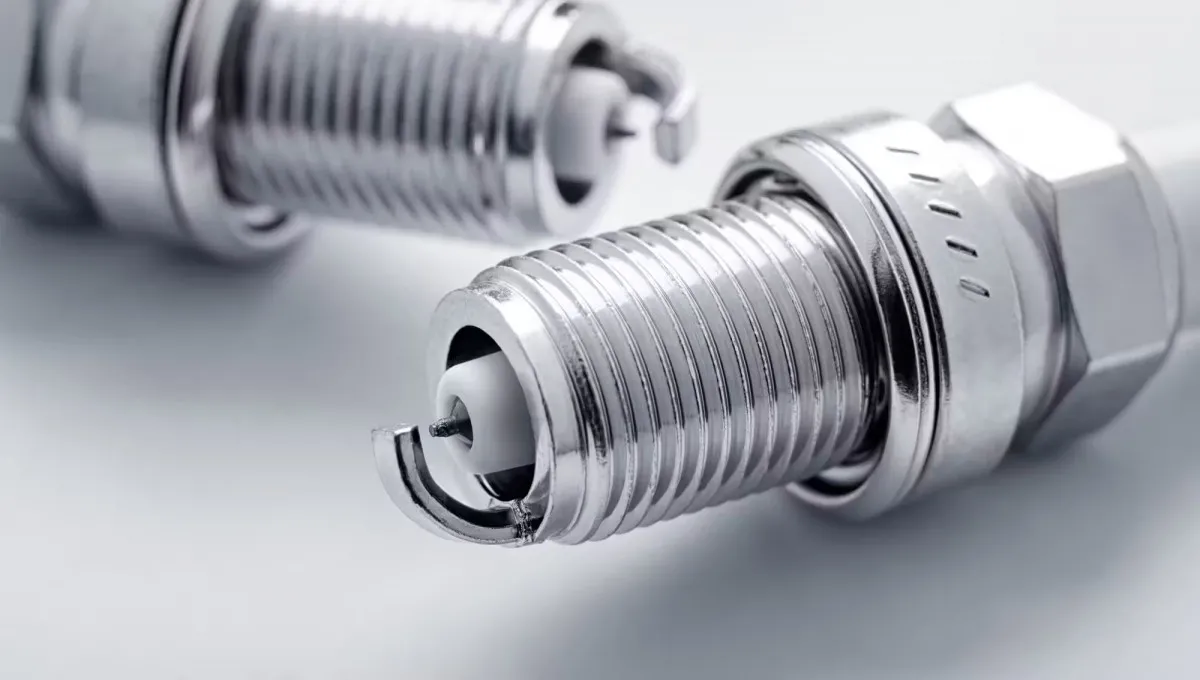
Iridium vs. Platinum Spark Plugs: What Sets Them Apart in Today’s Cars
Iridium or platinum? The choice isn’t as obvious as it seems — and a few unexpected details can help you pick the right plugs for your engine.

What Your Zodiac Sign Says About Your Driving Style: Many Americans Will Be Surprised
Is your driving destiny written in the stars? Let's find out.

Have you ever wondered why a cat sleeps on your car — is it a sign or just keeping warm?
There’s Always a Cat on a Car – But Why?
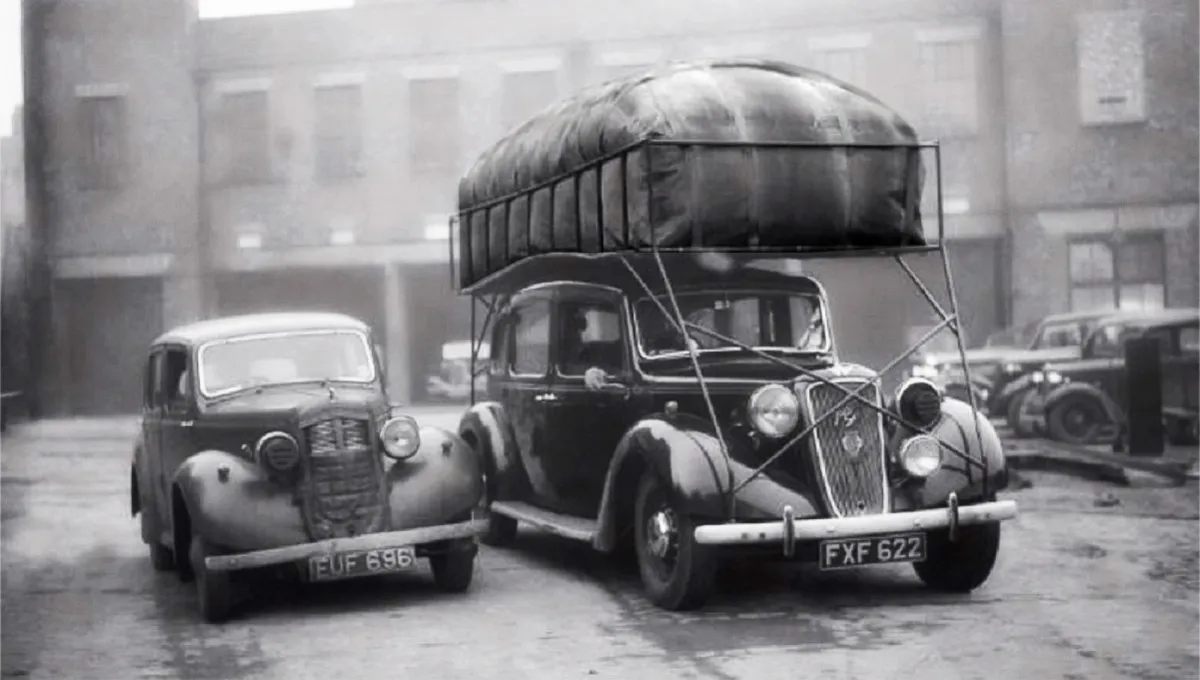
Why Early 20th-Century Cars Had Huge Fabric Bags on the Roof — The Real Reason Will Surprise You
Rumors about their purpose have circulated for years, but the truth is just as unexpected.